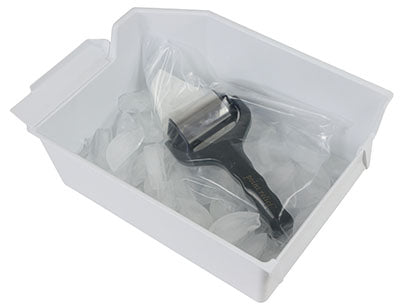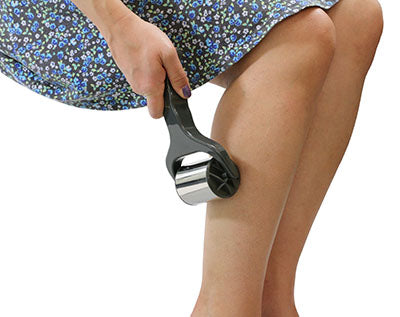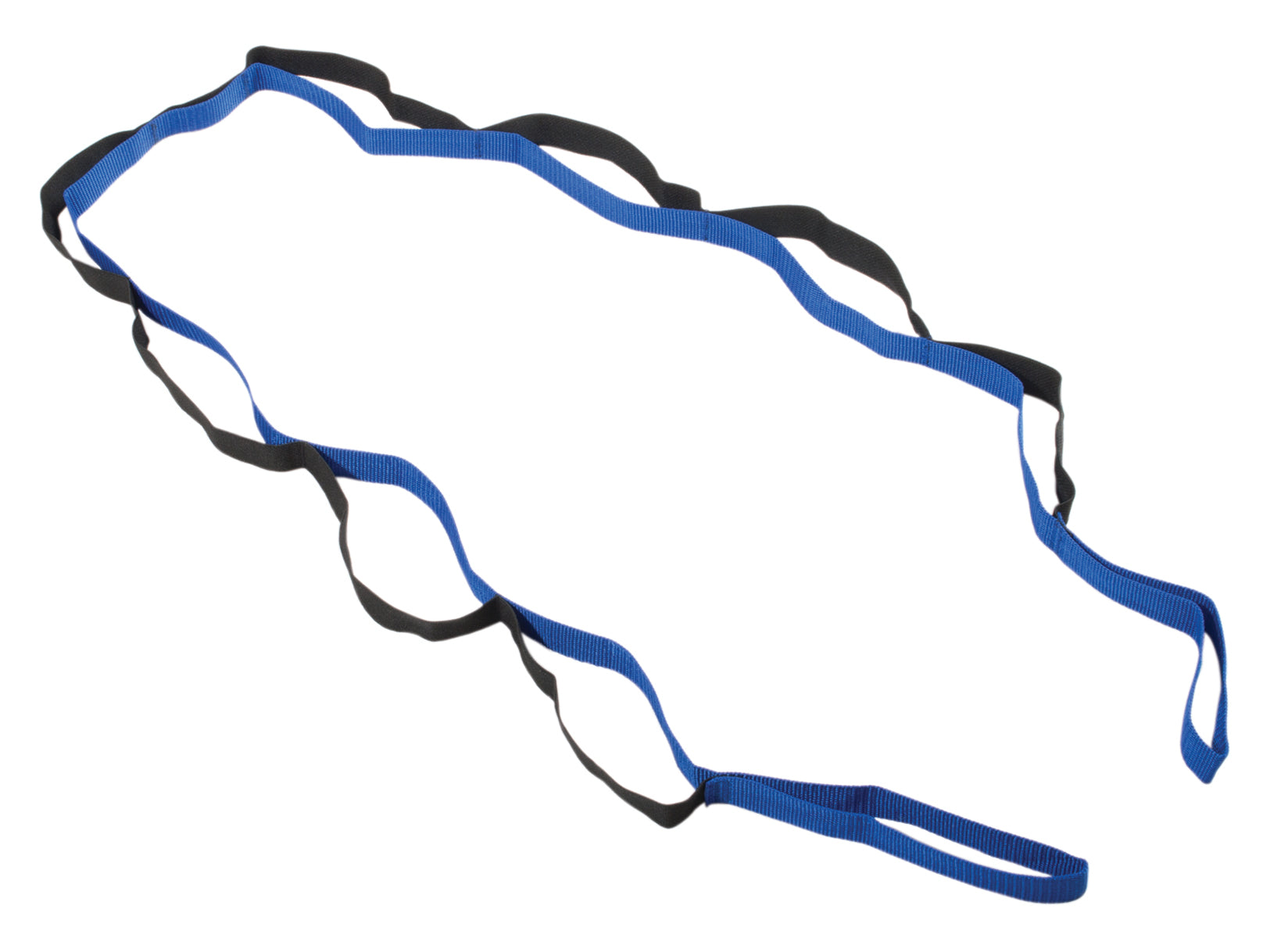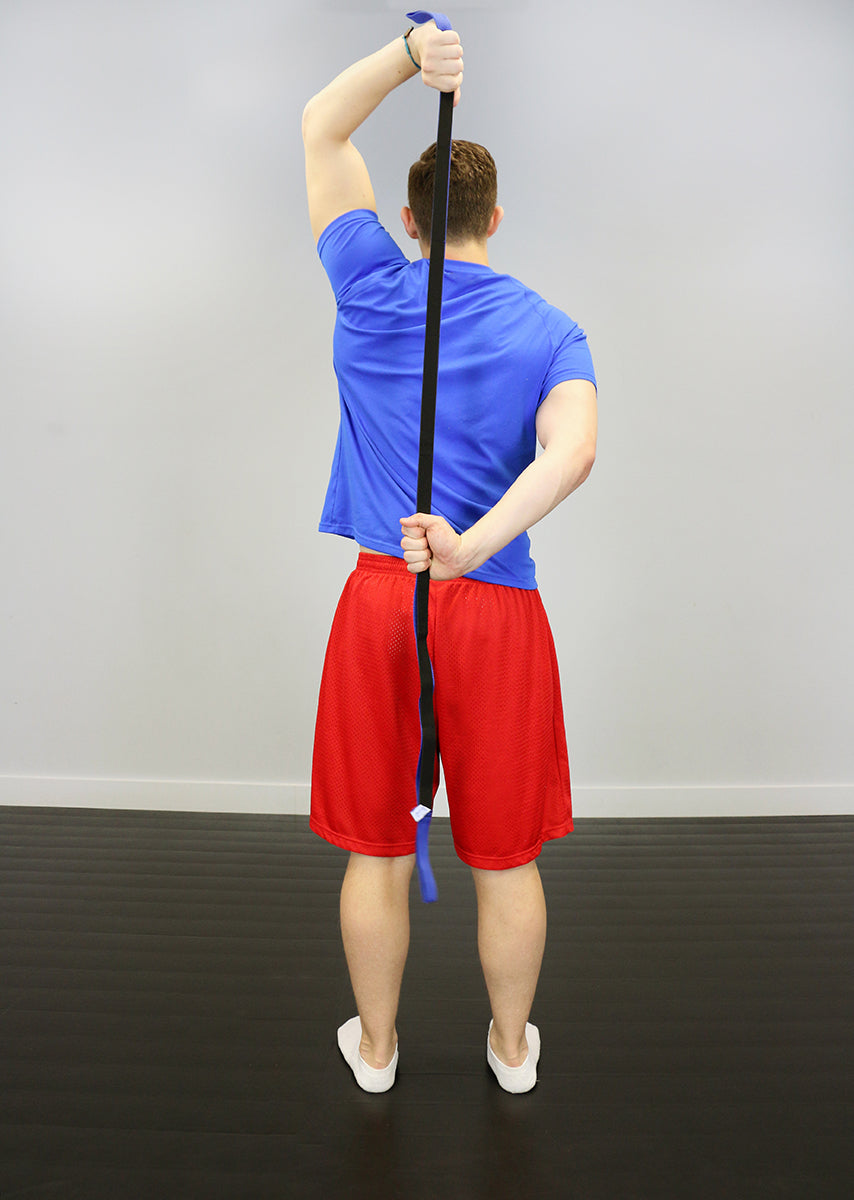
In the last three weeks, I’ve had three lifters approach me with three different problems:
- Left hamstring tendinopathy, chronic at this point, with roughly a year-and-a-half-long history of difficulty squatting or deadlifting, grossly exacerbated roughly six weeks ago.
- Poor glute proprioception (their words, not mine: “It just feels like it isn’t doing anything or isn’t firing.”).
- The infamous “low back pump that never shuts off” after heavy squats or pulls.
coaches in-person, and they’ve tried the logical things to fix their issues. These are people who are intelligent, know what works for them, and have a keen awareness of something being off.
RECENT: A Basic Lifting Skill Review: Grip Strength
When working with clients in-person or remotely, I’m a firm believer in asking one more question because you never know what information you may be able to gather. Not all pieces of the puzzle carry equal weight, and you need to be able to pin down the biggest bully on the block.
“Tell me three things you did differently in the last 8 to 10 weeks.”Unanimously, all three of them mentioned that they’d never thought about the concept of neural irradiation until they started trolling Instagram. When I asked them what that actually meant in their minds, their quick and dirty version was: Squeeze tight, get every muscle involved, and generate maximum all over tension. Sounds like every
powerlifting gym I’ve ever been in, where the biggest cue I hear is, “SQUEEZE… GET TIGHT!” without ever answering what that actually means. Irradiation, at its core, was initially used in neuro-based rehab (which is a huge component of strength training) under the idea of overflow as an easy way to think about it. Generating high tension or high resistance in larger muscles can help increase activity or recruitment in smaller or weaker muscles. You can visualize this as a spread, especially to smaller muscle groups. For us, this means stability. Stability means decreased threat perception on a proprioceptive level and decreased energy leakage on a mechanical level. I LOVE this concept and how it carries over to our lifting, especially if you can correctly incorporate it to movements like split squats, box squats, landmine movements, and other pressing movements. Conceptually, the idea of neural irradiation from a textbook point of view is a huge part of what we are trying to attain while we are under the
bar: maximum force production from full muscle use coupled with maximal stability. True, if we can incorporate this concept properly, my experience is that people get better. They move better under the bar, have more stability and therefore more force production and fewer injuries. Here’s the problem: iron sports athletes often don’t operate just like
textbooks say we should — unless you can properly layer and apply different neural concepts. I cannot count the number of people I have worked with in the past who come from a strictly evidence-based, purely textbook point of view that should be getting better but aren’t. I think the way and time in which we apply the concept of irradiation is similar: in theory, perfect. Generally, we are either great at it or truly suck at it and have no idea. Nine out of 10 times, if we acknowledge pain in a way that is meaningful to us as
iron sports athletes or coaches, we feel it when we’re underneath the bar in a competition-based movement, where our goal is to get as tight as possible to maintain position and prevent energy leakage. You have performed that movement so many times that you have your patterning engrained, and as much as we want to say the whole “muscle firing” line of thought is bullshit, the facts are that if we throw away semantics and attempts to discredit and divide our professions, at any given point in time, certain muscles have more or less mechanical advantage at different points in a movement. Layer this with each lifter’s different leverages, topped with specific technical cues that are very hard to see externally but internally on neural stability- and proprioceptive-levels (which are critical on the subconscious), play a HUGE role. If you can tell how intent someone is on what they’re doing with their mouth or tongue via video, be my guest to enlighten me. There are certain things that externally are difficult to see but play a significant role in what is happening to permit or prohibit movement.
WATCH: I am Dr. Tyrel Detweiler
We throw around the phrase "movement patterns" a ton, generally thinking about them in a dynamic context: a squat pattern, a hinge pattern, or a
press pattern. We need to look at the general principles of neuroscience in a static context. If our goal is to basically NOT move between our
shoulders and our pelvis with a loaded bar on our backs, what’s happening to control/stability to make sure movement doesn’t happen is equally important. This is overly simplified, but there’s a phrase that neuro PT 101 lives and breathes by when looking at function: “Neurons that fire together, wire together.” If you’re like me, I hear that phrase and think, “Motion.” Stop thinking about your squat pattern and the big picture movement for a moment: This is just as much about lack of motion, or stability, which is one portion of what we’re trying to accomplish via irradiation (increased MVC as well). On a micro-level, there are chemical changes that happen at the site of neurotransmitter release and reception. The big picture is that when we do something a lot, we become way more efficient at it. How we approach the bar and what muscles we selectively recruit in order to not do something (like turn into a taco) are the same. It’s a habit — just one focused on tension.
 The specific athlete I mentioned first with the chronic hamstring tendinopathy has very specific irritating motions and positions. His
The specific athlete I mentioned first with the chronic hamstring tendinopathy has very specific irritating motions and positions. His deadlift and
squat setups are what makes or break his ability to handle even submaximal weight; some days, 85 to 87 percent moves like it should, while on other days 67 percent moves nowhere. When we teased through his motions and his cues further, it was pretty apparent that he’d cued so strongly into one pattern at his start position with both movements that actually made his pain worse the “tighter” he got. His internal cue of getting “everything as tight as he could” actually put him in a position of poor length-tension on his hamstring, which contributed significantly to his pain off the floor. He had the same issue squatting just the bar: his idea of generating tension and squeezing the bar like he would for a max effort attempt certainly lit the hell out of his erectors, quads, and traps, but his position and general preferences (partially related to posture with and without a bar) made it damn near impossible to NOT have pain. His preferences (leverages, patterns, repetition, posture, all combined) made it far more advantageous and easier for him to find stability using maximum irradiation through one chain. That chain also mechanically disadvantaged the whole system and its synergists; rather than having full three-dimensional integration of stability through tensegrity, only certain portions of that chain had been fully utilized, and that became a habit. I’ve never seen someone so efficient at only one side of a pendulum.
RELATED: How Muscle Adapts to Lifting: Across Scales
When I took him through a few drills, it became pretty clear that his idea of tension and bracing put him at a bit of a disadvantage. But he got there because initially, it was advantageous, or he wouldn’t have strengthened that pattern over and over. We went through a series of drills looking at positions and having him actually start to sense where his tension and tightness comes from, and he was in a full sweat with 25 goblet squats but painless and tighter. Two days later, he squatted near a PR at lower RPE with no pain and notably improved gross patterning. What he did in between was repetitive habit development whenever he could throughout the day that was related to the drills that we worked on. What I’m trying to say is that when we practice getting everything irradiated over and over, we DO have a bias, a sneaky one we often don’t notice until it’s an issue, based on both positions as well as the nervous system’s perceived strength of certain areas and preferential selection. Powerlifters, especially high-level ones relative to more general population, field sport, or novice lifters, more than any other population I have seen or worked with, tend to make you think a lot about how different concepts may lace together.
READ MORE: Solve the Progression Code with Axiomatic Strength Training
So many of them are extremes, and unless you are prepared to acknowledge there’s a difference between should and what is happening and explore it, you might not only miss the bigger picture of what’s going on but miss out on a huge learning opportunity. In theory, should a Pallof Press (done correctly) get shit firing together? Absolutely, it should. But the perception of “doing well” versus the execution of “doing well” vary largely based on individual proprioception. Powerlifters, in particular, have gotten so much proprioceptive input in such extremes that their nervous systems seemed to get jumbled frequently. We can mean all the best, but we will mess things up often when left unchecked. Almost any lifter left to their own devices without thought will have a preference and proprioceptively sense higher tension levels in the chains of muscles that are likely a hair more dominant. At that point, the whole point of the system has been lost because there is a complex development of both efficiencies as well as proprioceptive stability that has been developed. I’m not suggesting you tease through things with a fine-toothed comb, but I do think that every now and then, it’s worth exploring a different way of viewing concepts or asking one more question about what, why, or how. Will research journals tell us these things? Probably not. But they will tell us that if something doesn’t add up based on what we know should be happening, there is likely a deviation from what ought to be happening, and it’s your job to find it. I don’t coach your athletes, but I believe with conviction that just because convention or research dictate what should happen with a concept, we owe it to our lifters to make sure that the desired intent is coming to fruition, and to think one step ahead of one or two ideas. The next time one of your athletes is doing split squats, landmine presses, Pallof Presses, or goblet squats, they may have the best intentions on lighting up all the right things on all the right levels, but your accountability to them is to make sure they are doing that and educating them.





































































